Special report: Unusual animal models of autism
Recent articles
Featured articles
What studying worms, flies and fish says about autism
Researchers are increasingly turning to simple animals to learn about autism biology and find leads for new drugs.
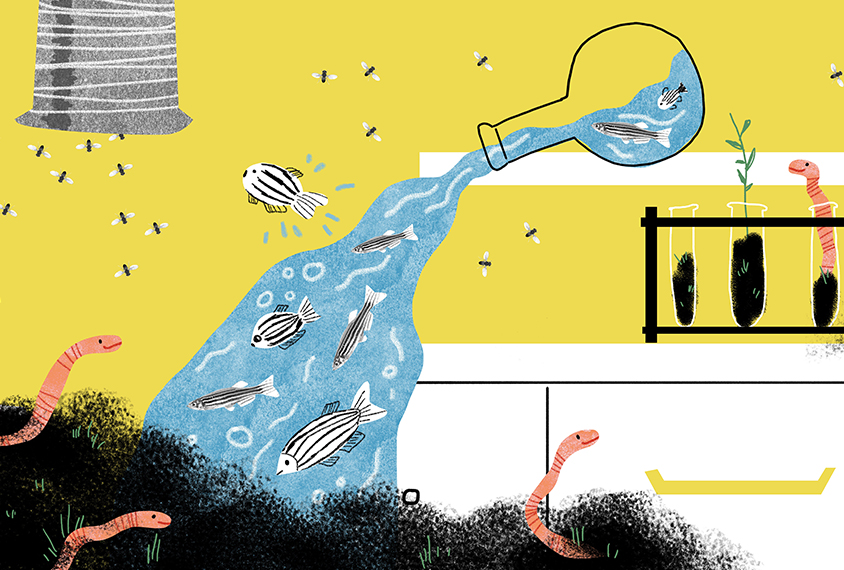
What studying worms, flies and fish says about autism
Researchers are increasingly turning to simple animals to learn about autism biology and find leads for new drugs.
Autism research makes the leap to frogs
Frogs are useful for autism research for a slew of reasons, including the fact that the animals' initial development occurs outside of the mother's body in plain view.
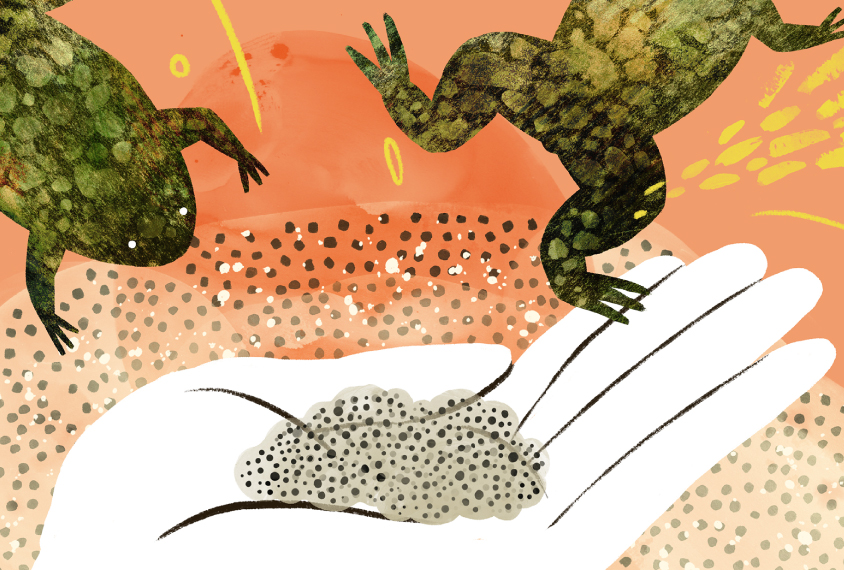
Autism research makes the leap to frogs
Frogs are useful for autism research for a slew of reasons, including the fact that the animals' initial development occurs outside of the mother's body in plain view.
Getting eight arms around autism
Octopuses can solve some of the same problems as people but do so in unusual ways.
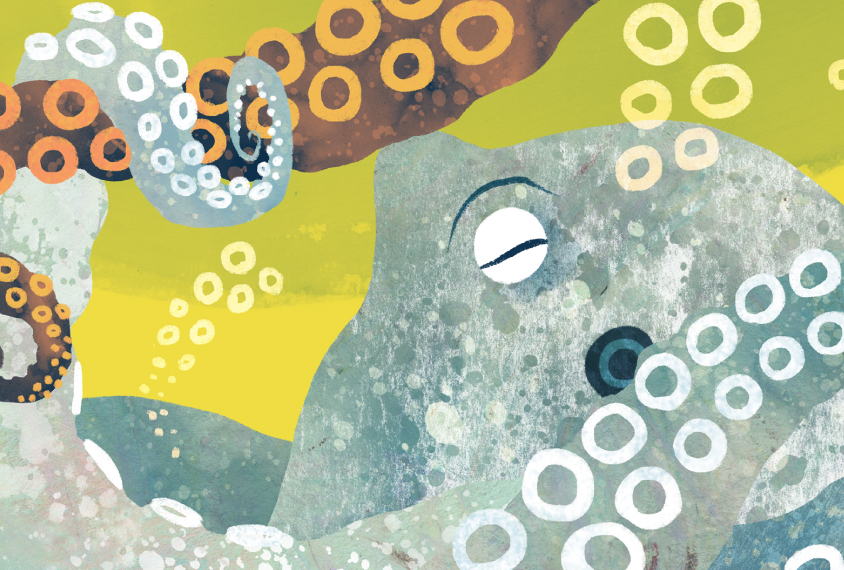
Getting eight arms around autism
Octopuses can solve some of the same problems as people but do so in unusual ways.
Tuning into bird songs for clues to autism
Parallels between how birds learn to sing and how children learn to speak provide a window into the roots of language difficulties in autism.
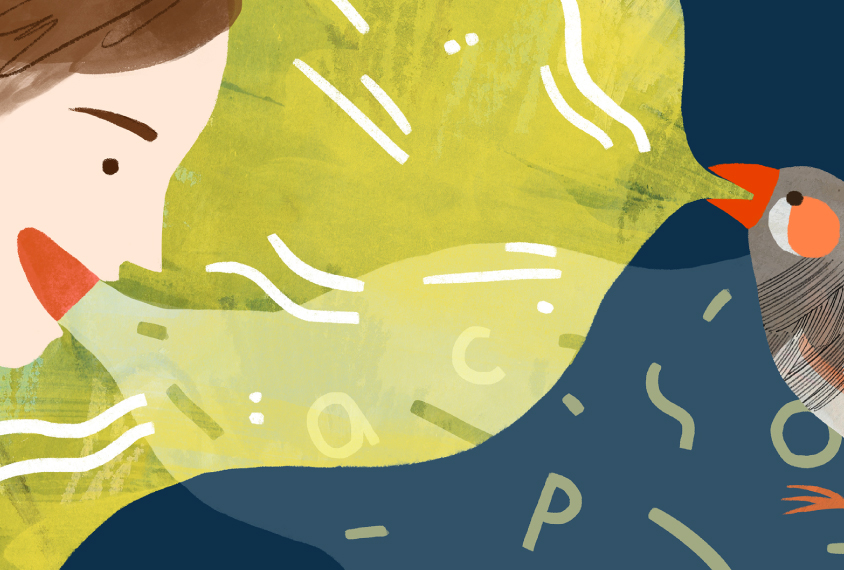
Tuning into bird songs for clues to autism
Parallels between how birds learn to sing and how children learn to speak provide a window into the roots of language difficulties in autism.
Fish, frogs, flies and other fauna in scientific firsts
Over the past century, scientists have used a variety of animal models to advance their understanding of the developing brain and autism.
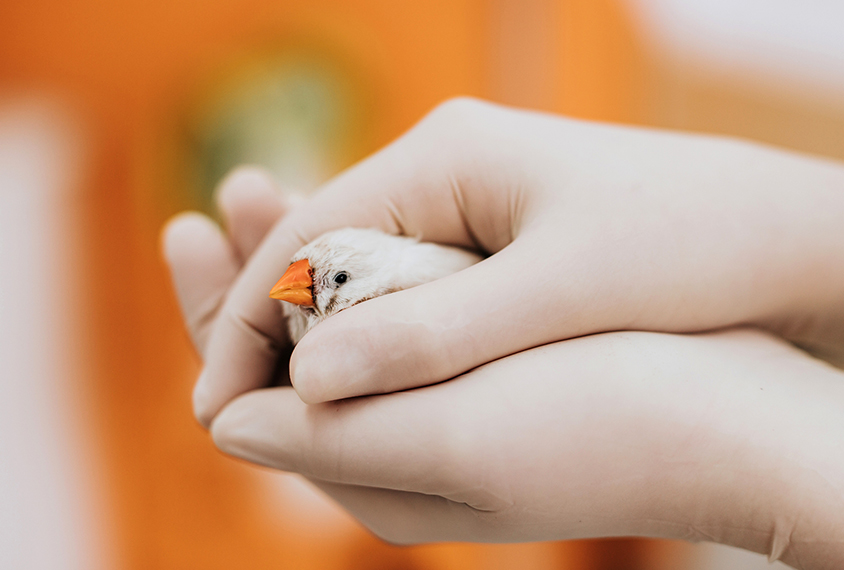
Fish, frogs, flies and other fauna in scientific firsts
Over the past century, scientists have used a variety of animal models to advance their understanding of the developing brain and autism.
From the archives
How artificial intelligence is shaking up animal behavior studies in autism
Next-generation machine-learning tools are poised to upend how scientists study behavior in animal models of autism — and not everyone is happy about it.
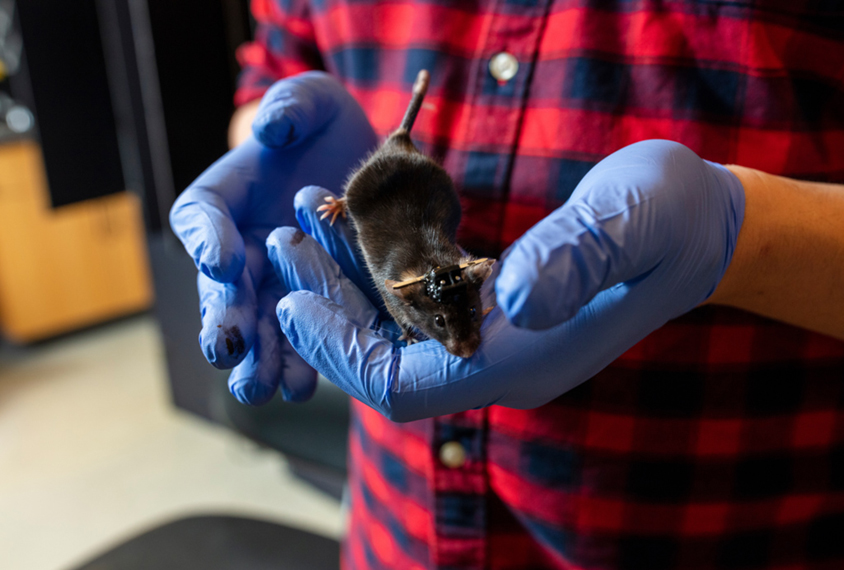
How artificial intelligence is shaking up animal behavior studies in autism
Next-generation machine-learning tools are poised to upend how scientists study behavior in animal models of autism — and not everyone is happy about it.
Roundworm roundup may reveal function of autism genes
Tracking how roundworms crawl has enabled scientists to determine that many autism genes are involved in sensory processing and learning.
Roundworm roundup may reveal function of autism genes
Tracking how roundworms crawl has enabled scientists to determine that many autism genes are involved in sensory processing and learning.
Map of fly brain lights up millions of connections
A new wiring diagram of the fruit fly brain is the most complex ever created.
Map of fly brain lights up millions of connections
A new wiring diagram of the fruit fly brain is the most complex ever created.
Mutant flies reveal key gene interactions within autism deletion
The absence of several interacting genes may underlie the developmental problems seen in people missing a segment of chromosome 16.
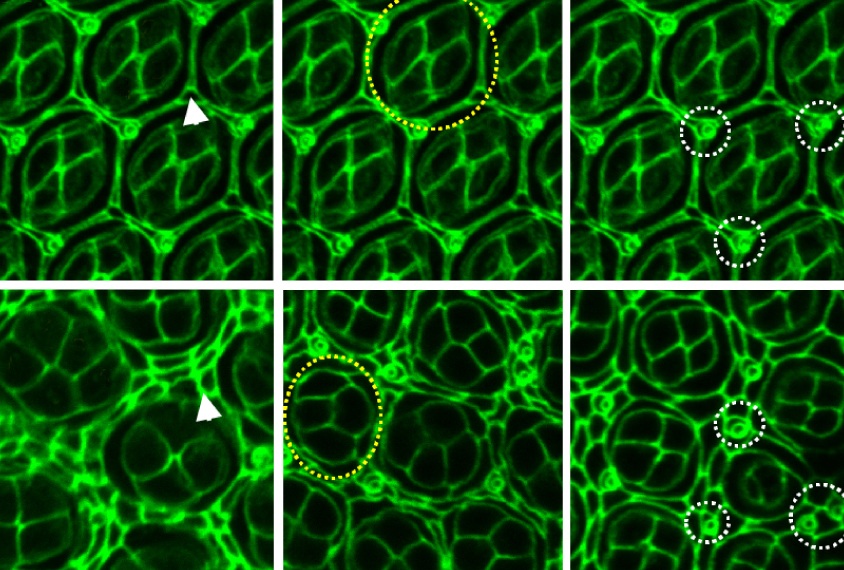
Mutant flies reveal key gene interactions within autism deletion
The absence of several interacting genes may underlie the developmental problems seen in people missing a segment of chromosome 16.
Zebrafish and ‘Smurf cakes’ link autism gene mutation to digestive woes
Mutations in a top autism gene called SYNGAP1 slow the rate at which zebrafish digest food and pass waste, and may also disrupt gut function in people.
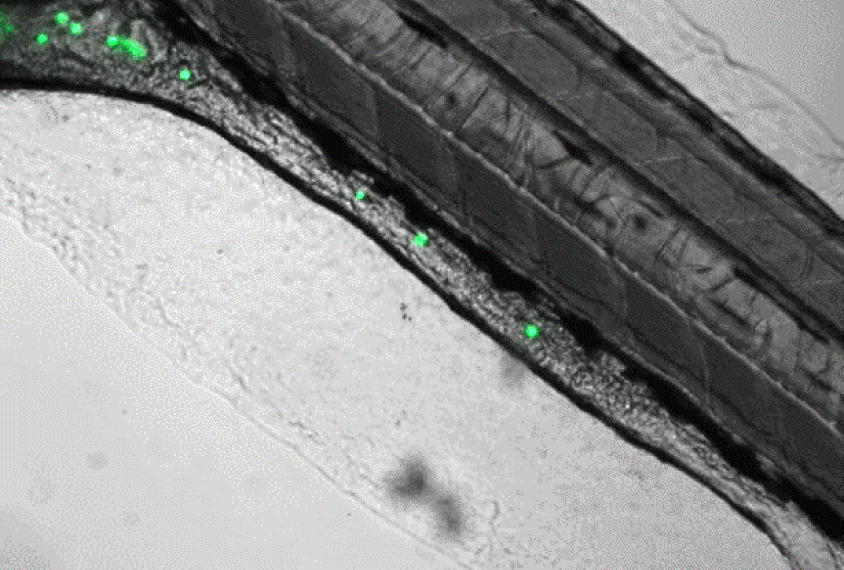
Zebrafish and ‘Smurf cakes’ link autism gene mutation to digestive woes
Mutations in a top autism gene called SYNGAP1 slow the rate at which zebrafish digest food and pass waste, and may also disrupt gut function in people.
Stimulant restores cell signaling, eases behavior issues in animals missing autism gene
Worms and zebrafish missing both copies of the gene CHD7 have disrupted cellular signaling, a dearth of inhibitory neurons and behavior changes — all of which are reversed by the stimulant drug ephedrine.
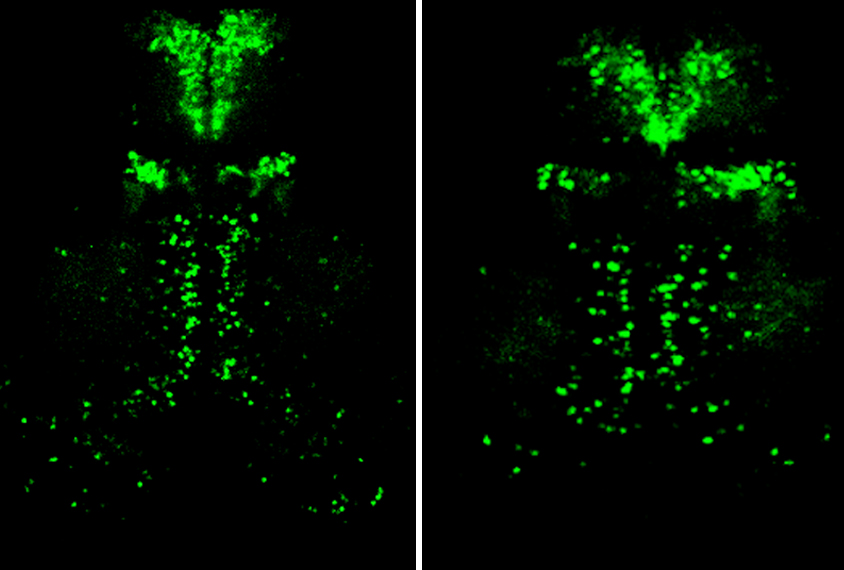
Stimulant restores cell signaling, eases behavior issues in animals missing autism gene
Worms and zebrafish missing both copies of the gene CHD7 have disrupted cellular signaling, a dearth of inhibitory neurons and behavior changes — all of which are reversed by the stimulant drug ephedrine.
Zebrafish show true colors as models for autism sleep studies
Sleeping zebrafish show two patterns of neuronal activity that are analogous to those in people.
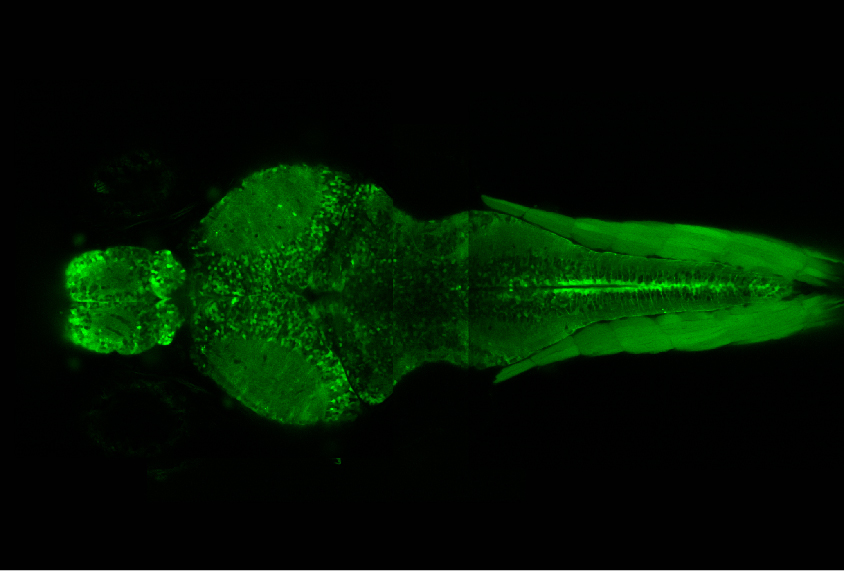
Zebrafish show true colors as models for autism sleep studies
Sleeping zebrafish show two patterns of neuronal activity that are analogous to those in people.
New maps of neuronal connections reveal roundworms’ wiring
Two new maps show the entire nervous system of the adult roundworm Caenorhabditis elegans.
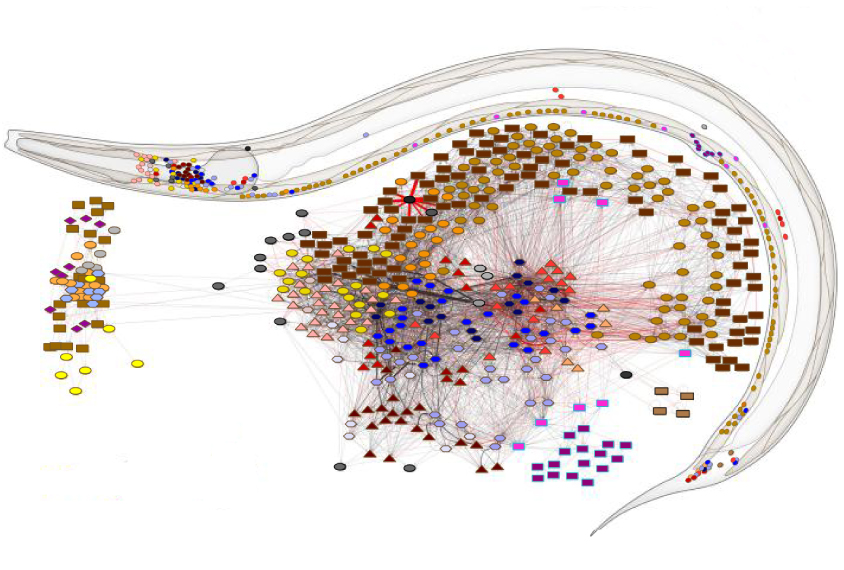
New maps of neuronal connections reveal roundworms’ wiring
Two new maps show the entire nervous system of the adult roundworm Caenorhabditis elegans.
Hazel Sive: A fish tale
Hazel Sive is a classically-trained embryologist and developmental biologist, and an expert in zebrafish genetics. She is using the small, transparent fish embryos for research on autism — an odd choice, as they obviously lack the complex behavioral repertoire seen in the disorder.

Hazel Sive: A fish tale
Hazel Sive is a classically-trained embryologist and developmental biologist, and an expert in zebrafish genetics. She is using the small, transparent fish embryos for research on autism — an odd choice, as they obviously lack the complex behavioral repertoire seen in the disorder.
‘Antisocial’ bees point to ancient roots for some autism genes
Honey bees that fail certain social tests have genetic profiles similar to those of people with autism.
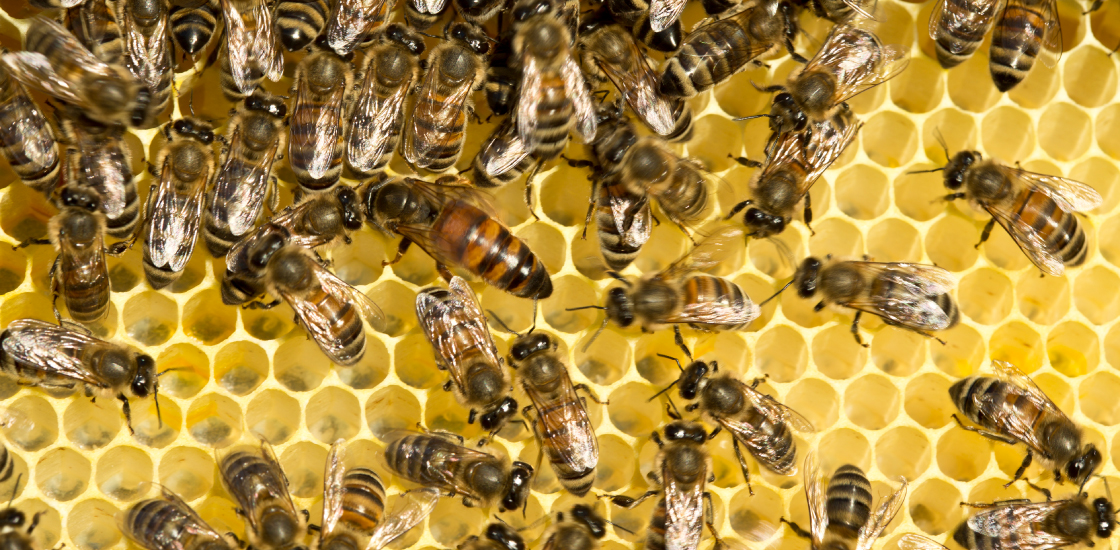
‘Antisocial’ bees point to ancient roots for some autism genes
Honey bees that fail certain social tests have genetic profiles similar to those of people with autism.
Explore more from The Transmitter
Null and Noteworthy: Learning theory validated 20 years later
The first published paper from the EEGManyLabs replication project nullifies a null result that had complicated a famous reinforcement learning theory.
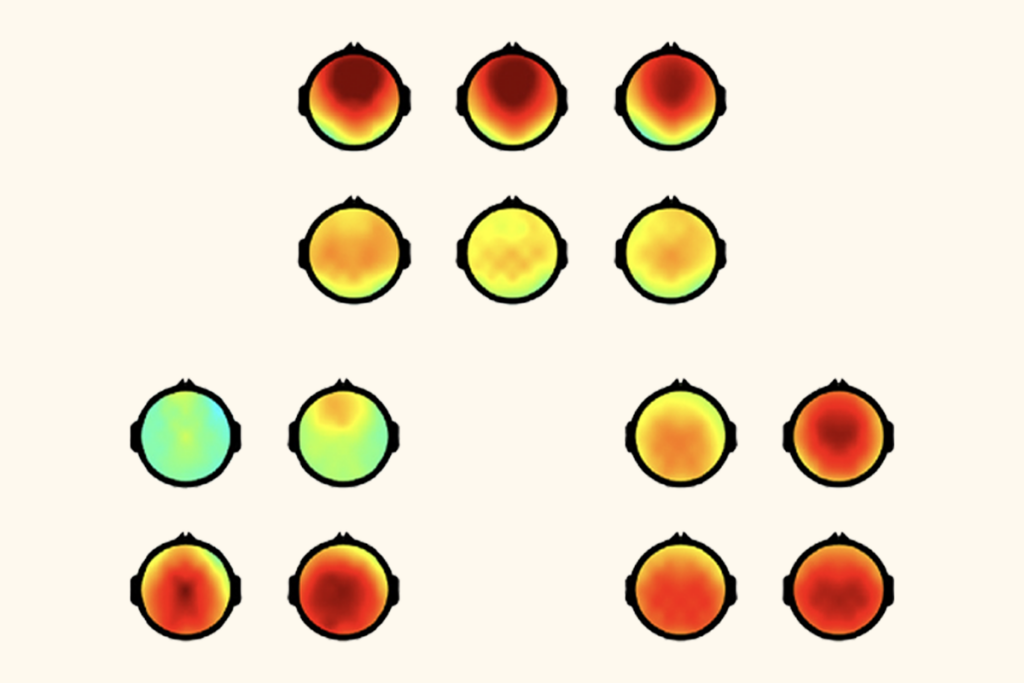
Null and Noteworthy: Learning theory validated 20 years later
The first published paper from the EEGManyLabs replication project nullifies a null result that had complicated a famous reinforcement learning theory.
Neuroscientist Gerry Fischbach, in his own words
In 2023, I had the privilege of sitting down with Gerry over the course of several days and listening as he told the story of his life and career—including stints as dean or director of such leading institutions as Columbia University and NINDS—so that we could record it for posterity.
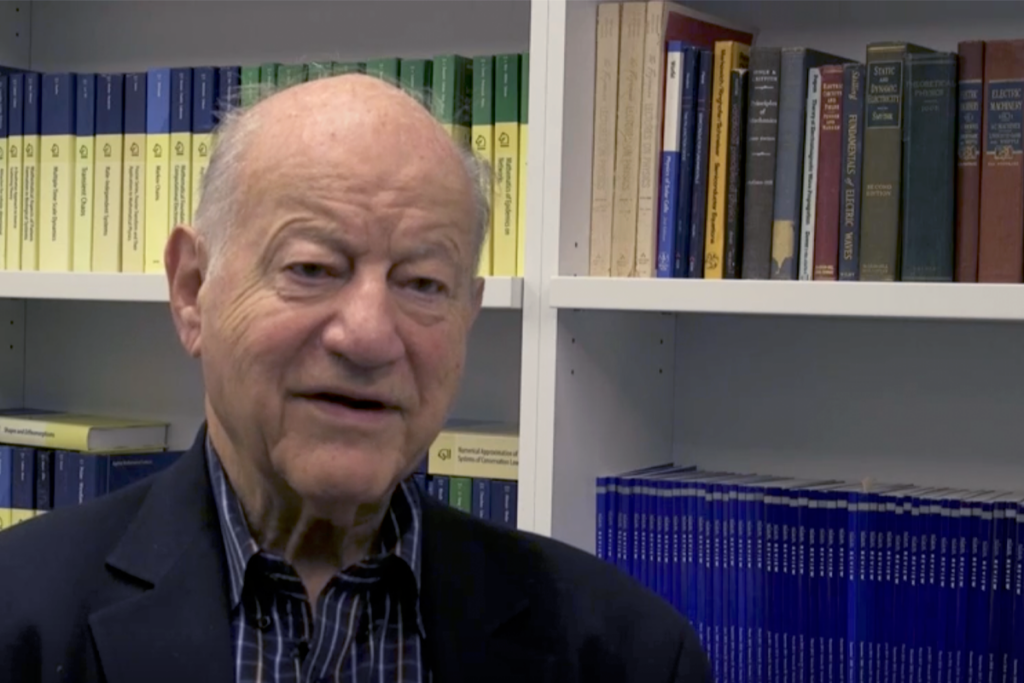
Neuroscientist Gerry Fischbach, in his own words
In 2023, I had the privilege of sitting down with Gerry over the course of several days and listening as he told the story of his life and career—including stints as dean or director of such leading institutions as Columbia University and NINDS—so that we could record it for posterity.
Amina Abubakar translates autism research and care for Kenya
First an educator and now an internationally recognized researcher, the Kenyan psychologist is changing autism science and services in sub-Saharan Africa.

Amina Abubakar translates autism research and care for Kenya
First an educator and now an internationally recognized researcher, the Kenyan psychologist is changing autism science and services in sub-Saharan Africa.